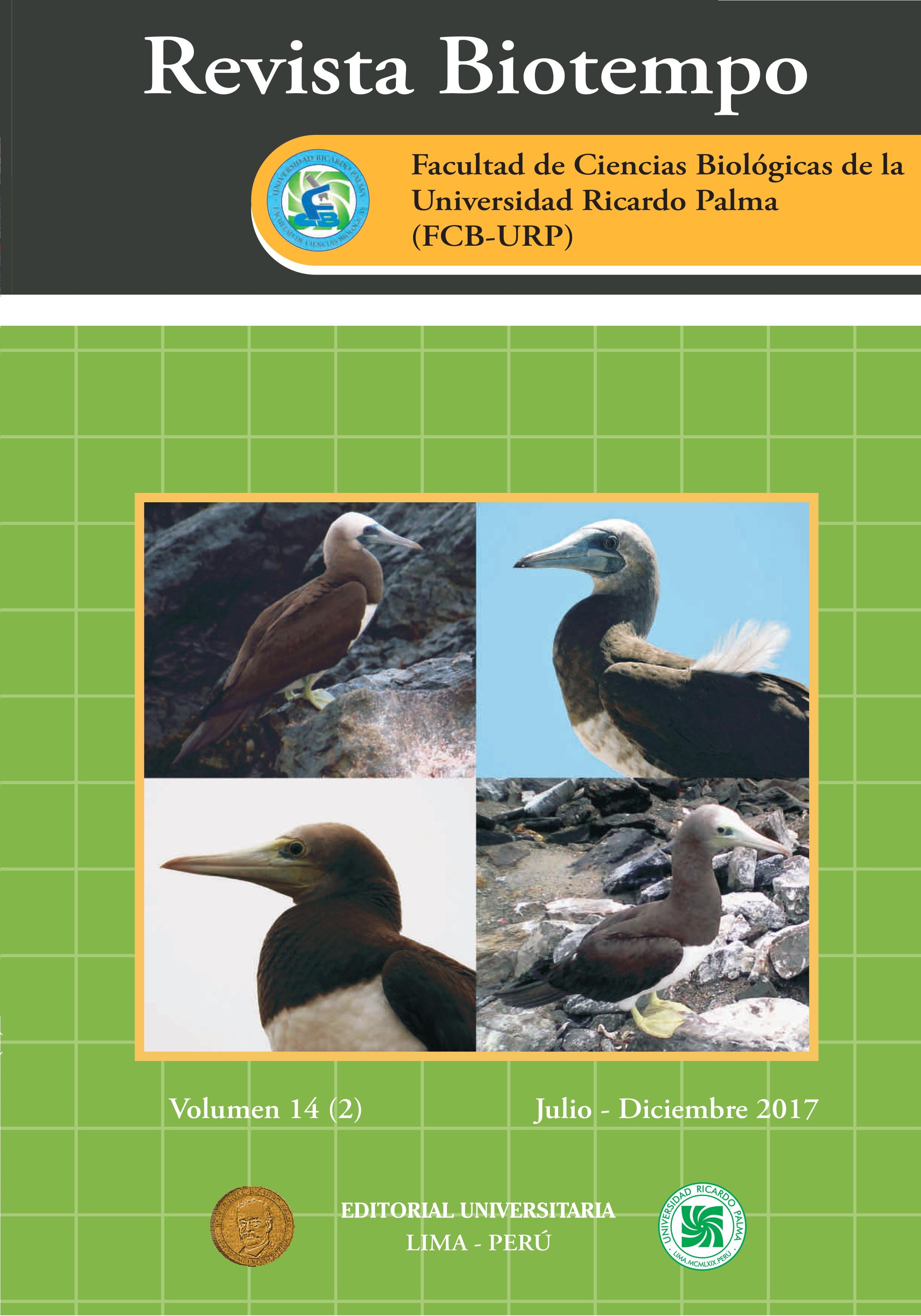CLINICAL AND EPIDEMIOLOGIC CHARACTERISTICS OF PATIENTS DIAGNOSED WITH DENGUE IN CIENFUEGOS, CUBA
DOI:
https://doi.org/10.31381/biotempo.v14i2.1331Keywords:
Aedes aegypti, Cienfuegos, clinical, dengue, epidemiologyAbstract
Th e dengue is transmitted by the bite of an Aedes aegypti mosquito infected with dengue virus and it constitutes currently the main arbovirosis in the word. Th e objective of this study was to describe the clinical-epidemic aspects of patients with dengue fever in the municipality of Cienfuegos, Cuba. Th is study was performed between January 6th and December 12th 2014. An observational cross-sectional study in a series of cases was carried out in the policlinic “Cecilio Ruiz de Zarate”, Cienfuegos, Cuba. Th e study included a total of 1861 diagnosed patients, according to the database of the Provincial Center of Hygiene, Epidemiology and Microbiology. Th e 56.3% of the sample corresponded to the group formed by patients 15 to 49 years old, with females corresponding to 55% of the group. Th e Consejo Popular of highest risk was “Th e Gloria”, with 768. 2 x 10000 inhabitants, the self-employed category were the most aff ected, with 37.9%, followed by housewives, with 23.9%. Th e patients went to the health services only after 48 h of the fi rst appearance of the symptoms (40.9%) and the predominant symptom in 100% of the cases was fever. It was concluded that the dengue epidemic of the area II of Cienfuegos in the 2014 studied is clinically and epidemiologically similar to those that occurred in other counties, where the circulation of dengue virus type 3 and 4 prevailed.










